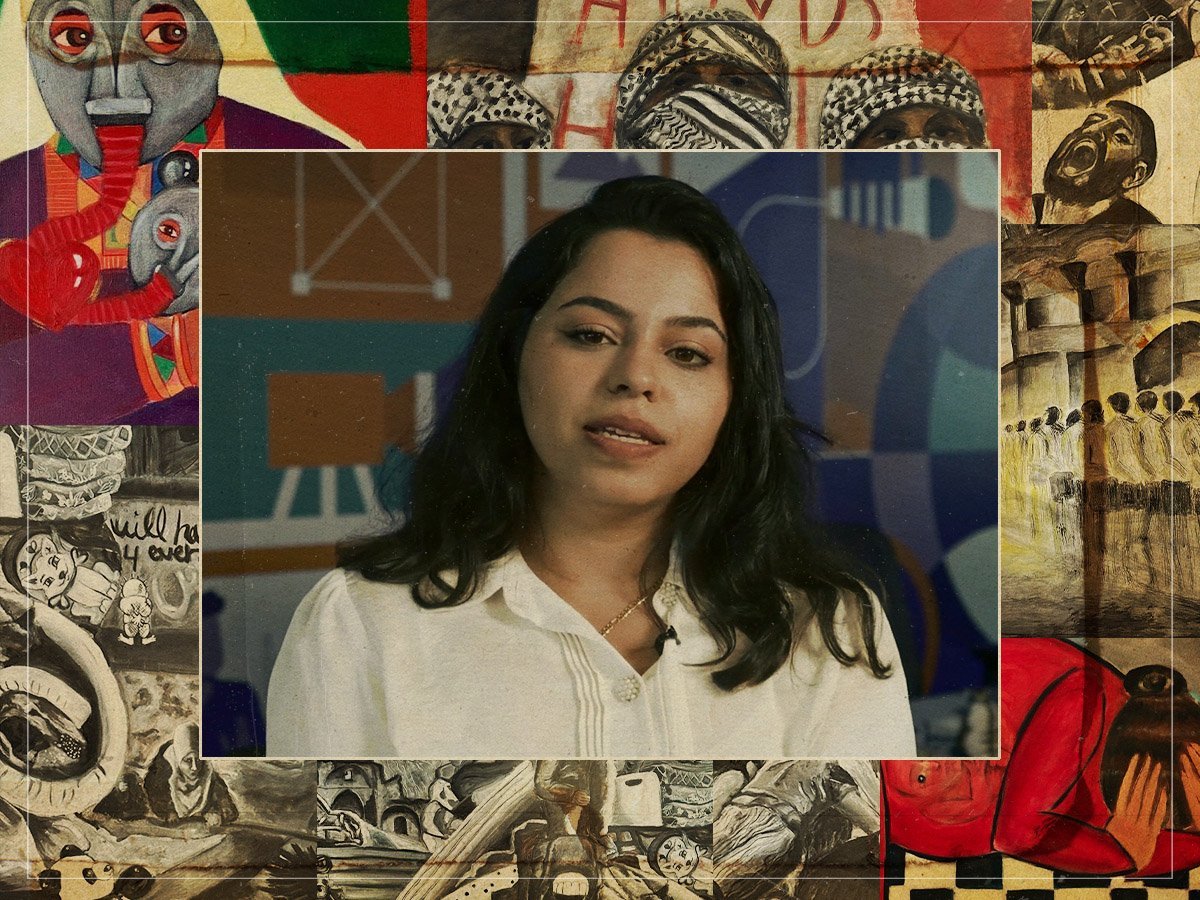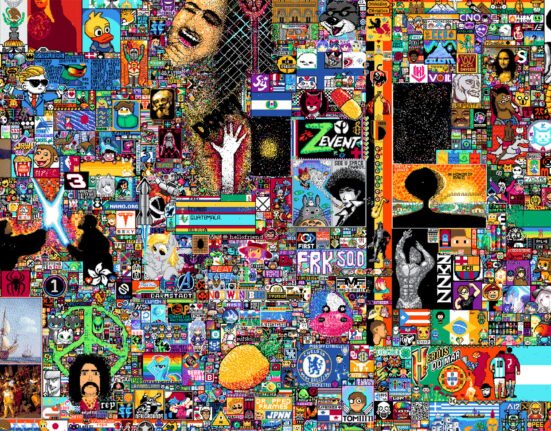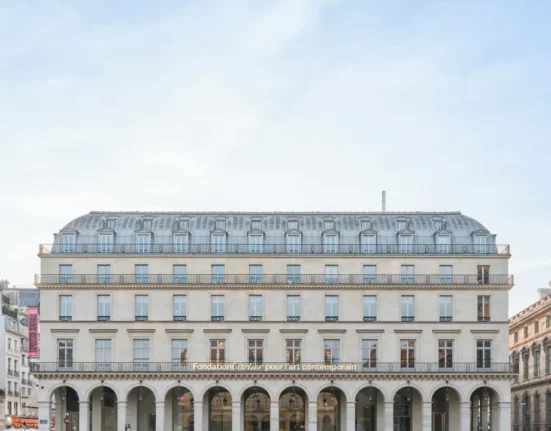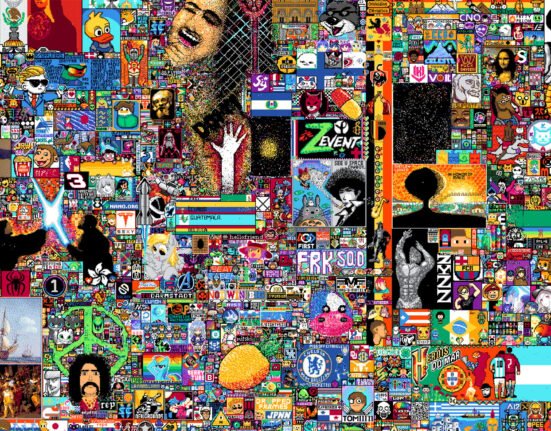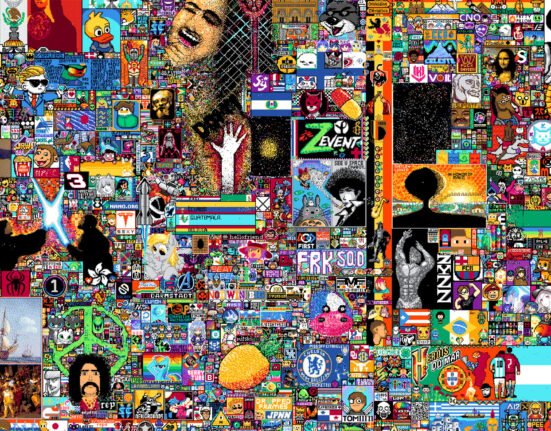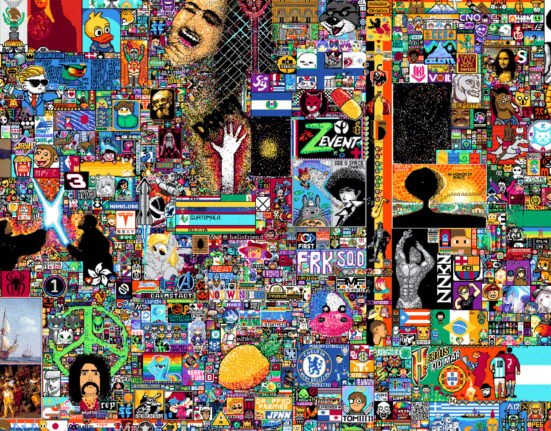
(Credits: Far Out / Malak Mattar / YouTube Still)
On the brink of famine, being starved to death, with shrinking medical supplies and any sense of hope dwindling, the few Palestinians who have been able to flee Gaza continue their advocacy in the West as they watch the horror unfolding back home.
One such person is the young Malak Mattar, who, at just 25 years old, has become one of the primary voices advocating for the Palestinian people through her art. She is now the first Palestinian artist to get a solo show at Central Saint Martins, the prestigious London art school.
This comes at a time when, despite the ongoing genocide and indiscriminate destruction of Palestinian properties, with a civilian death toll that has now reached over 50,000, venues across Europe and North America are silencing pro-Palestinian activism by cancelling art shows or refusing to host exhibits. In March alone, three Gazan artists were killed, one of whom was Dorgham Quraiqi, who worked alongside the UK-based charity Hope and Play to provide Gazan children with art supplies and lessons.
But, as the Lebanese-American poet Kahlil Gibran once said, “out of suffering have emerged the strongest souls”. Mattar is no doubt one of them.
She grew up in Gaza City where she first started painting as a young girl, with the support of her parents. As one of the brightest students there, she was offered a scholarship to study abroad but wasn’t allowed to leave by the Israeli authorities until two years ago. Finally, on 6th October 2023, just one day before the ‘October 7’ attacks, she was able to leave, with her family following her a year later. Painting has always been the mode through which Mattar could express her emotions and attempt to process the trauma she had endured and was seeing. Her talent led her to open her first gallery in Gaza at just 14 years old.
Her style is primarily inspired by Cubist paintings, with Palestinian women painted in vibrant colours. She considers them to be the pillars of strength that Gazan society relies on. In fact, many of her figures are presented with golden halos, like holy religious figures.
Then, as the conflict worsened, her style dramatically changed. Her colour palette became almost entirely monochrome, focusing on making images that showed the horrors of the war. Her most famous painting, No Words, was greatly inspired by Pablo Picasso’s Guernica and aims to convey a similar message. It is a huge canvas on which a chaotic melange of mangled bodies, destroyed buildings and cars is presented. In the centre is a girl attempting to escape with her belongings on horseback.
Mattar has explained that the horse is a key symbol in demonstrating the destruction in Gaza, as “its role has changed from carrying fruits and vegetables to being an ambulance”.
Another example is Death Road, which features a queue of anonymous Palestinian prisoners lit up from the bright yellow light of a tank, which sharply cuts through the billowing smoke caused by an explosion in the distance. The prisoners aren’t easily identifiable, denoting the sheer quantity of casualties and deaths that has become difficult to keep track of, but also how Palestinians are dehumanised by so many in the Western world and Israel.
Mattar wants her art to provoke rage and upset the world order, trying to silence marginalised voices; otherwise, she doesn’t see a point. “If it’s uncomfortable to look at, that’s good. Don’t get comfortable”, she says with grit.
Related Topics

